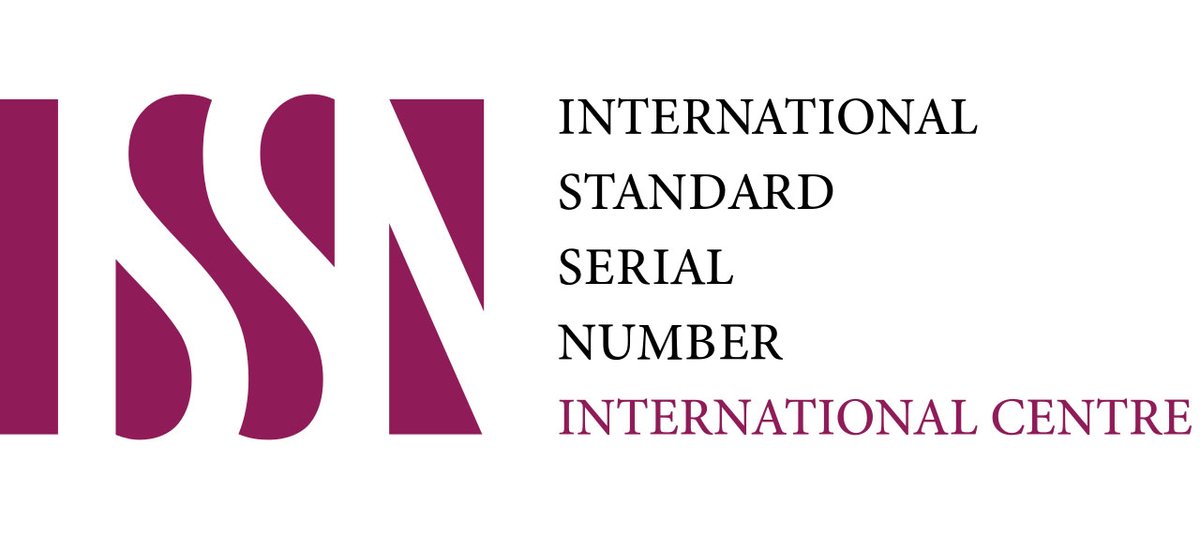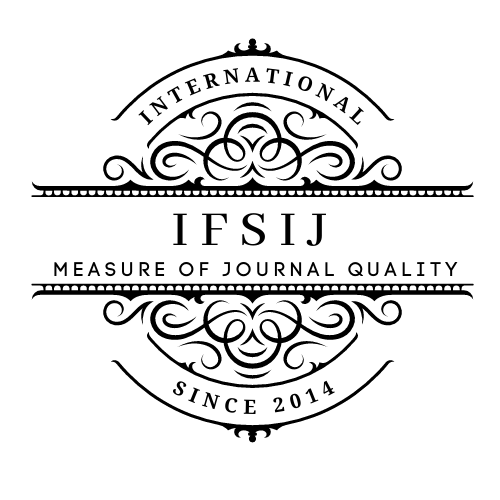MANAGEMENT OF NASAL VALVE DYSFUNCTION
Keywords:
Rhinoplasty, Nasal Obstruction, Nasal Valve, DysfunctionAbstract
Nasal airflow and general quality of life can be significantly impacted by nasal valve dysfunction. Both internal and external valves are part of the nasal valves, and they are both essential for controlling nasal airflow. The external nasal valve's subclassification into rim and alar valves aids in identifying the obstruction site when it occurs and guides the surgical intervention selection. It is important to distinguish between static blockage, which is related to nasal valve stenosis, and dynamic obstruction, which is frequently characterized by inspiratory collapse of the nasal valve. For nasal valve dysfunction to be effectively managed, its location and mechanism must be accurately determined. Numerous surgical techniques can result in positive functional outcomes by focusing on particular nasal valve components. The patient's external nasal characteristics and the nature of nasal valve dysfunction should be taken into consideration when choosing surgical techniques, either separately or in combination. Achieving the best possible treatment results requires strict adherence to appropriate surgical practices.
Downloads
Published
Issue
Section
License

This work is licensed under a Creative Commons Attribution-NonCommercial-NoDerivatives 4.0 International License.















